
Color is an amazing phenomenon.
Most of us can appreciate color, even if we don’t understand the complex nature of light. Color Illuminates the landscape of our daily lives, and naming them is one of the first things we learn in childhood. We use them as a language and a way of expressing emotion. They affect both our brain and our bodies and fill our world with variation and even the occasional surprise.
So why would I ditch color for black and white for an entire month?
Up until the mid-1930s, color photography wasn’t widely accessible. And color printing wasn’t an affordable option until the 1960s. Pioneer photographers such as Ansel Adams and Henri Cartier Bresson set the standard in black and white photography. They emphasized composition and the controlled use of light without color, revealing the artistic merits of black and white photography that resonate to this day.
As a photographer, I shoot predominantly in color. But with such a wealth of modern photographic history steeped in black and white photography, I thought it would be interesting to prioritize monochrome instead.
So, I set myself a challenge: to photograph in black and white with my digital rig at least once a day for a month.
Here’s how it went.
Getting Started
Setting the Camera to Monochrome Mode
Okay, first things first. I wanted to shoot black and white images in-camera, so I needed to put my camera in Monochrome mode. In this mode, the camera records photos in black and white when photographing in JPEG. The LCD also previews photographs in black and white in Live View and the gallery.
While shooting in this mode does encourage a bit of ‘chimping’ (checking the photo after every shot), being able to review your pictures in black and white is very useful. It helps your eyes adjust to seeing your surroundings in black and white.
I’m using a Canon 5D MKII, so in ‘Shutter Priority’ mode (‘Aperture Priority’ and ‘Manual’ work too, depending on your preference) I selected the ‘Picture Styles’ tab on the main menu.

I then selected the ‘Monochrome’ (or M) option from the ‘Picture Styles’ menu.

Pressing the ‘Info’ button with ‘M’ selected in the ‘Picture Style’ screen allows further adjustments to ‘Monochrome’ mode such as ‘Sharpness,’ ‘Contrast,’ ‘Filters,’ and ‘Toning.’ I increased the Contrast parameters a tad, as using the Monochrome Mode by itself can make the images seem a little flat.
For Nikon or other camera brands, check the manual to find out how to set your camera to Monochrome mode.

Changing Your Quality Settings
The next step was to set my camera to photograph in dual RAW and JPEG modes. Why? Because even in Monochrome mode a RAW file will revert to color when uploaded to the computer. Whereas, a JPEG file retains the monochromatic scheme used in-camera.
Unfortunately, a JPEG retains less quality than a RAW file. So what do we do? We shoot both! If you take a fantastic black and white shot as a JPEG, you’ll also have the quality RAW file to edit in post-production.
But make sure you have some decent space on your memory card.
On my Canon 5D MKII, I set dual RAW and JPEG mode by selecting the ‘Quality’ tab on the main menu.

I adjusted my settings with the ‘Main’ and ‘Quick Control’ dials so I had both RAW and JPEG selected, and pressed the ‘Set’ button.

Again, for Nikon or other camera brands check the manual to find out how to change the Quality settings.
Ready, Set, Go
With my camera settings sorted, I was ready to begin my 30-day challenge. Here are a few things I learned during my ‘Month of Monochrome.’
Adding a New Layer of Interest
One thing I quickly realized was the power a stripped back color scheme has in lending a unique atmosphere to an image.
Having worked in black and white before (both with film and digitally), I know how evocative an excellent black and white image can be. But working digitally in black and white with no other option was new and refreshing. It hammered home the way a black and white photograph can separate the everyday world and its portrayal. This separation presents subjects in a new and thought-provoking light that generates a significant connection between the viewer and the image.

Minimizing Distraction
When you work in ‘Monochrome’ mode, you appreciate the dominance color can have over a photograph. While confining myself to black and white photography, I could experiment within a gradient, free from the distraction of color. Black and white photography strips an image back to the basics of composition and light. Without the color distraction, I had space to hone in on what makes a compelling story – creating a visual study of a subject.

Learning How Light Behaves
A lot of photography is about observation: watching people, landscapes, light, and shadows. And most photographers have a basic knowledge of how light behaves from these observations.
But black and white photography highlights the fragility of light in every environment with higher acuity than a lot of color photography.
The way an image gets read is affected by degrees of light. Hard light creates a highly contrasted image with dark, hard-edged shadows. It emphasizes drama and immediacy. Soft light is more subtle, rendering a soft, lower-contrast image.
Black and white is all about degrees of light versus shadow. My 30-day challenge encouraged me to take more notice of the light. In each environment, I embraced different lighting situations as a chance to test out my skills and experiment.

Seeing Differently
After the fourth day of my 30-day black and white challenge, I started scrutinizing everyday things with more of a photographic eye. Walking down my street, I began noticing plant life that would look interesting in black and white. The texture on the path I was dawdling along stood out. Because I deliberately made time for my photography each day, my mind started working creatively to seek out more photographic opportunities.
I felt more inspired. There was a greater impetus to hang out to get the best shot rather than the most shots. I felt in the zone.

Conclusion
Photographing in black and white for 30 days was a fun and rewarding challenge. It helped me to rediscover a freshness in photography and inspired me to experiment.
Sure you can convert any photograph to black and white in post-production, but to go out and photograph in black and white in the moment is a different process.
If you ever find yourself in a photographic rut, why not challenge yourself to a month of black and white photography? You never know what you might discover.
Do you have some black and white photography you’d like to share? If so, put them in the comments below.
The post What I Learned From 30 Days of Black and White Photography appeared first on Digital Photography School.








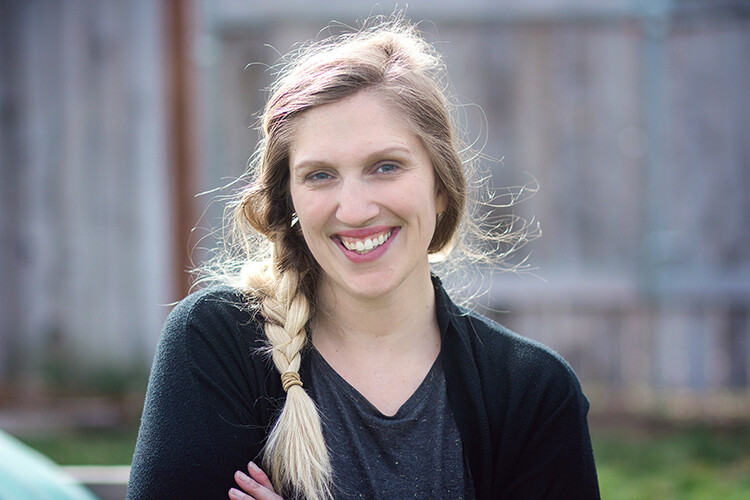




























































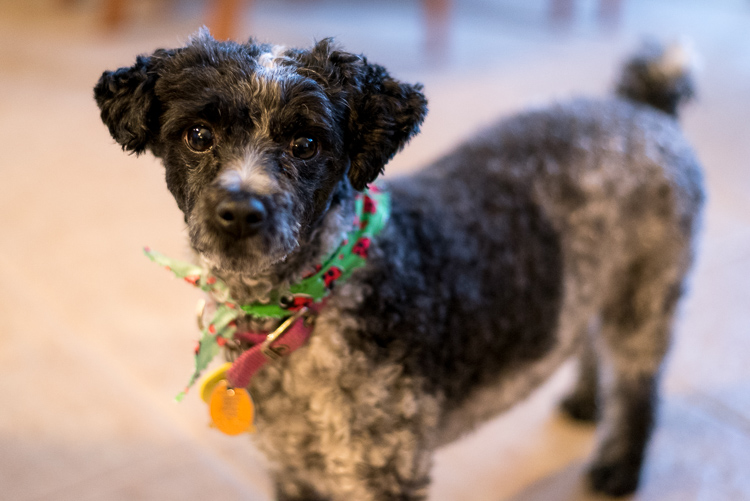
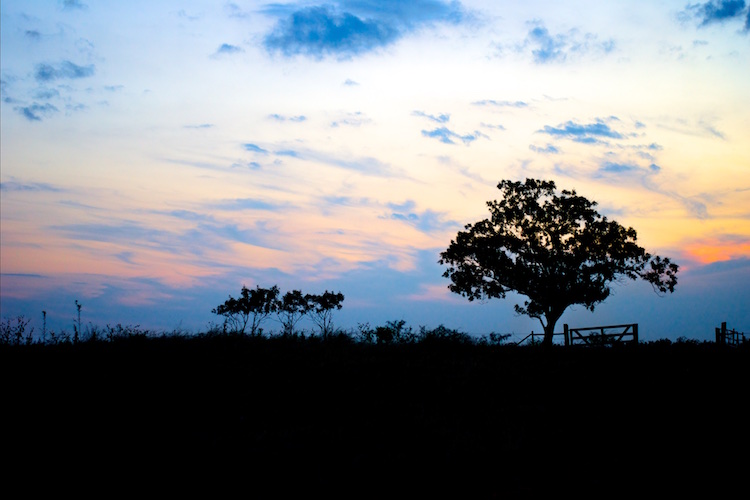
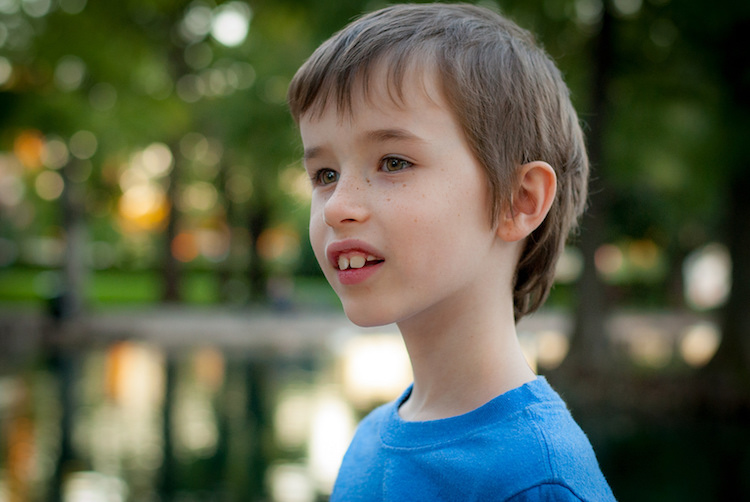
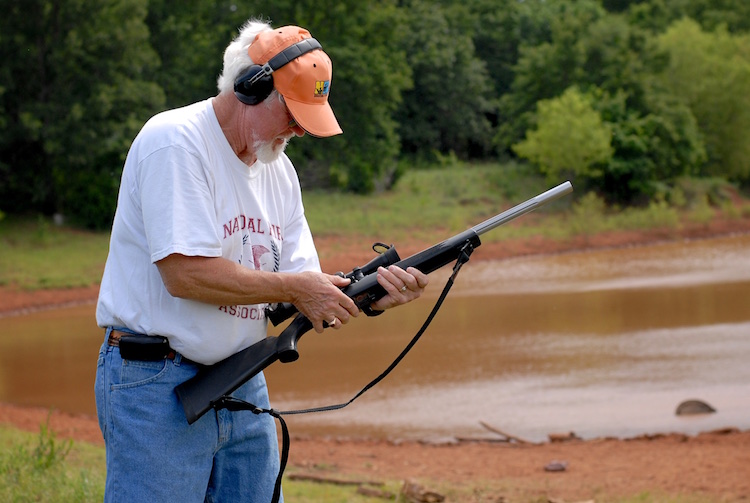
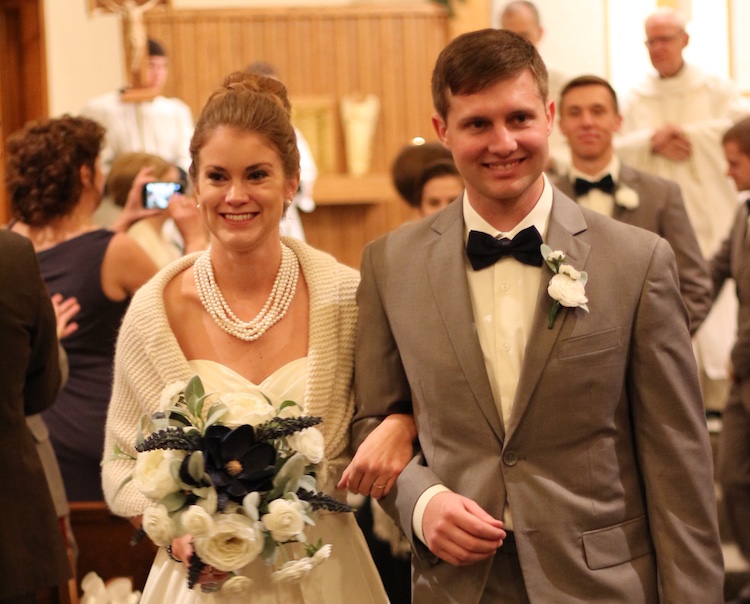
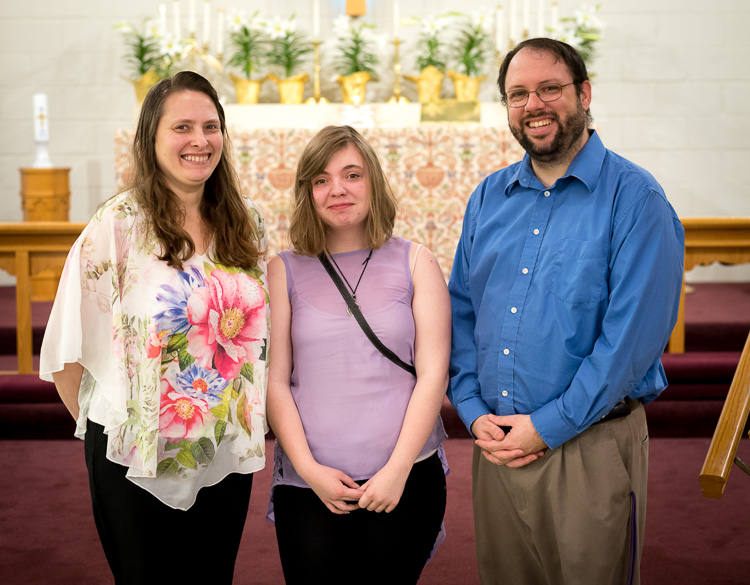
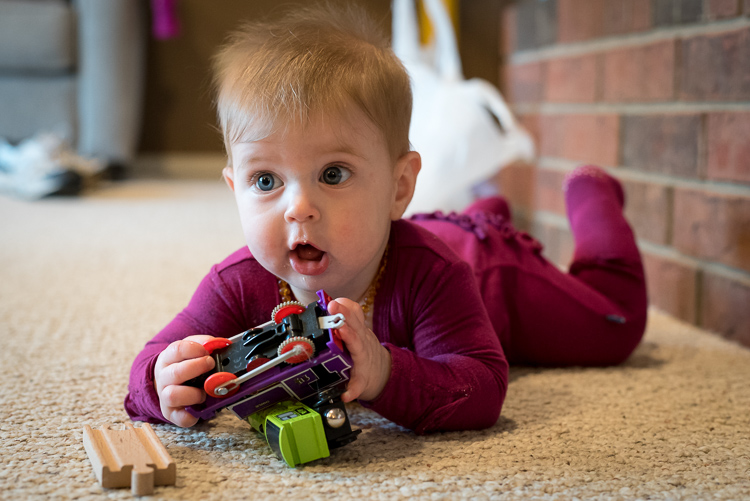
You must be logged in to post a comment.